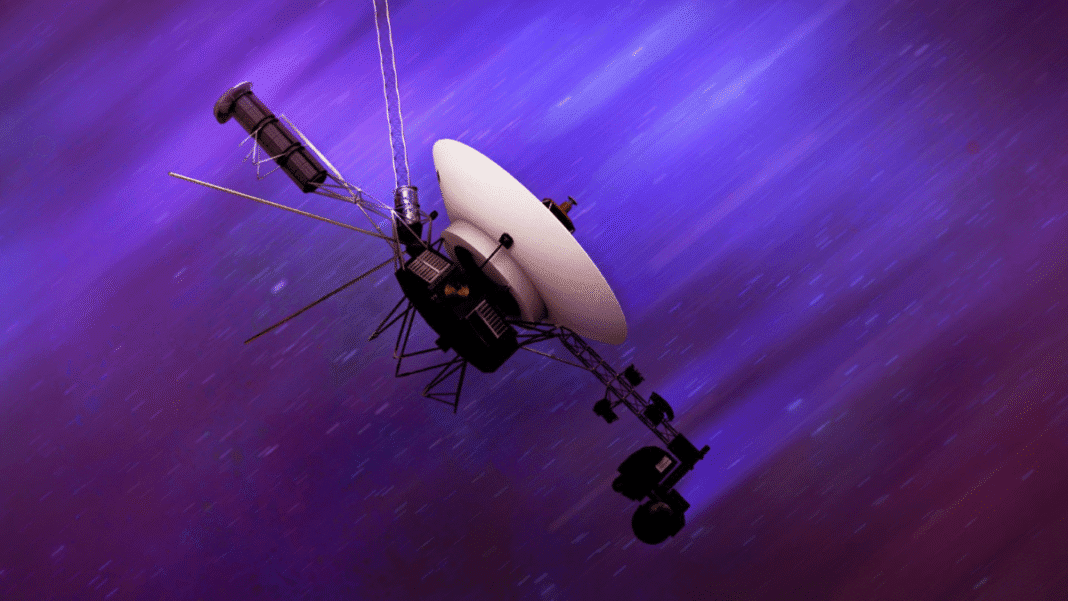On June 13, 2024, astronomers using the Australian Square Kilometre Array Pathfinder (ASKAP) detected a lightning-fast radio pulse—lasting less than 30 nanoseconds and peaking above 300 kJy—originating from NASA’s Relay 2 satellite, launched in 1964 and abandoned in 1967
⚡ 6 Astonishing Insights
- Longest-Silent Satellite to Awaken
Relay 2 had been inactive for nearly 57 years, yet this burst briefly made it the brightest radio source in the sky - Near-Earth Origin—Not Alien Technology
Signal localization within 12,400 miles confirmed it came from low Earth orbit—not a distant cosmic or alien source - Likely Cause: Electrostatic or Impact Event
Experts believe a sudden electrostatic discharge or a micrometeoroid strike might have triggered the brief plasma emission - New Era in Space Debris Observation
This unexpected signal shows even “dead” satellites can reveal their presence—informing efforts to track space junk and predict malfunctions - Followed by Zombie Satellite History
Relay 2 joins other “zombie satellites” like LES‑1, which resumed transmissions after 46 years in 2012 - Preprint Research Recognized
The discovery is documented in a recent arXiv preprint, now accepted by The Astrophysical Journal, spotlighting the need for monitoring dormant satellites indiatimes
🌍 Why It Matters
- Scientific Curiosity: Offers a rare glimpse into dormant satellite behavior and the physics of orbital decay.
- Space Safety: Highlights need for continuous monitoring of inactive spacecraft to anticipate unexpected emissions or orbital drift.
- Amateur and Professional Collaboration: Reinforces the power of public observatories like ASKAP for real-time space tracking.
🔭 What’s Next?
- Expanded Monitoring: ASKAP and other arrays may monitor more defunct satellites for similar signals.
- Event Frequency Study: Scientists will investigate whether such bursts are common among old spacecraft.
- Space Policy Impacts: Findings could shape space debris mitigation strategies and inform future decommissioning protocols.
✅ Final Takeaway
Relay 2’s fleeting radio pulse—after nearly six decades of silence—marks it a bona fide “zombie satellite.” Likely triggered by a stray plasma event, the incident underscores a surprising new frontier: inactive satellites aren’t always dead, and they can still send signals—impacting space safety, debris tracking, and scientific exploration in unexpected ways.



